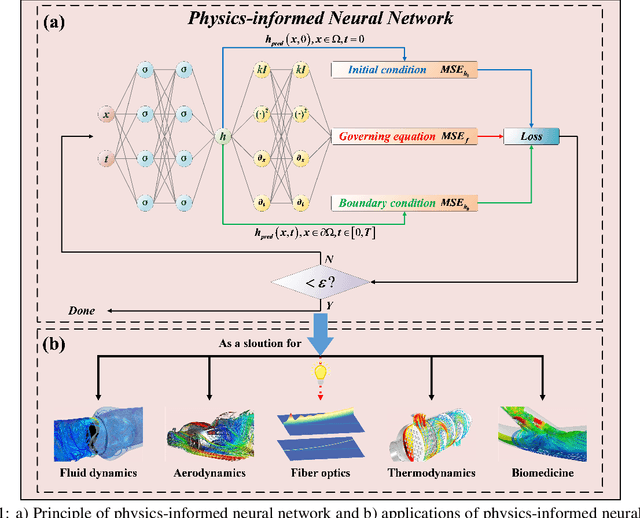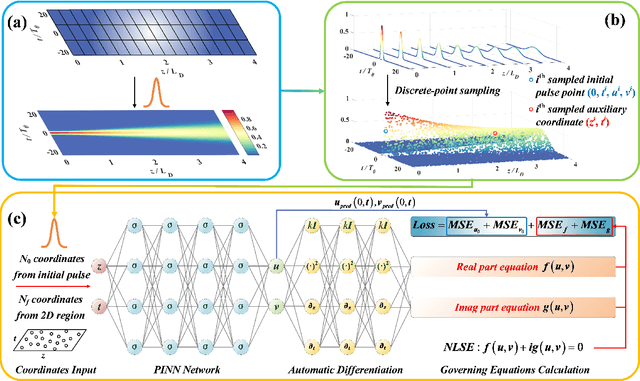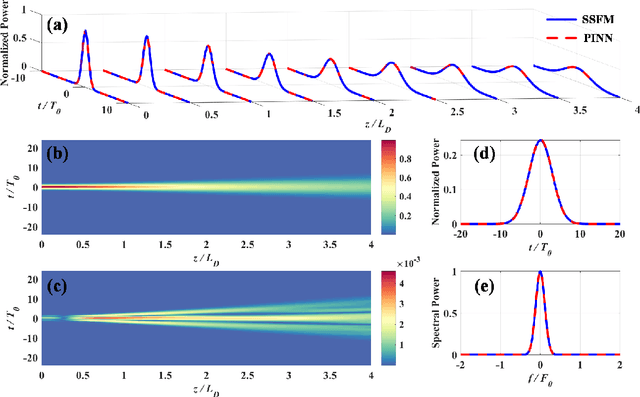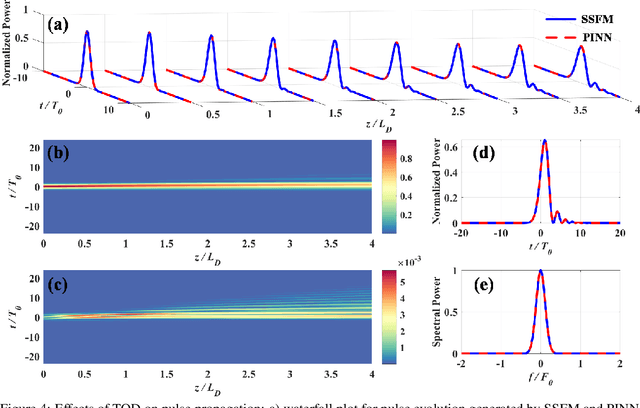Xiaotian Jiang
SPM: Structured Pretraining and Matching Architectures for Relevance Modeling in Meituan Search
Aug 27, 2023



Abstract:In e-commerce search, relevance between query and documents is an essential requirement for satisfying user experience. Different from traditional e-commerce platforms that offer products, users search on life service platforms such as Meituan mainly for product providers, which usually have abundant structured information, e.g. name, address, category, thousands of products. Modeling search relevance with these rich structured contents is challenging due to the following issues: (1) there is language distribution discrepancy among different fields of structured document, making it difficult to directly adopt off-the-shelf pretrained language model based methods like BERT. (2) different fields usually have different importance and their length vary greatly, making it difficult to extract document information helpful for relevance matching. To tackle these issues, in this paper we propose a novel two-stage pretraining and matching architecture for relevance matching with rich structured documents. At pretraining stage, we propose an effective pretraining method that employs both query and multiple fields of document as inputs, including an effective information compression method for lengthy fields. At relevance matching stage, a novel matching method is proposed by leveraging domain knowledge in search query to generate more effective document representations for relevance scoring. Extensive offline experiments and online A/B tests on millions of users verify that the proposed architectures effectively improve the performance of relevance modeling. The model has already been deployed online, serving the search traffic of Meituan for over a year.
Physics-informed Neural Network for Nonlinear Dynamics in Fiber Optics
Sep 01, 2021



Abstract:A physics-informed neural network (PINN) that combines deep learning with physics is studied to solve the nonlinear Schr\"odinger equation for learning nonlinear dynamics in fiber optics. We carry out a systematic investigation and comprehensive verification on PINN for multiple physical effects in optical fibers, including dispersion, self-phase modulation, and higher-order nonlinear effects. Moreover, both special case (soliton propagation) and general case (multi-pulse propagation) are investigated and realized with PINN. In the previous studies, the PINN was mainly effective for single scenario. To overcome this problem, the physical parameters (pulse peak power and amplitudes of sub-pulses) are hereby embedded as additional input parameter controllers, which allow PINN to learn the physical constraints of different scenarios and perform good generalizability. Furthermore, PINN exhibits better performance than the data-driven neural network using much less data, and its computational complexity (in terms of number of multiplications) is much lower than that of the split-step Fourier method. The results report here show that the PINN is not only an effective partial differential equation solver, but also a prospective technique to advance the scientific computing and automatic modeling in fiber optics.
 Add to Chrome
Add to Chrome Add to Firefox
Add to Firefox Add to Edge
Add to Edge